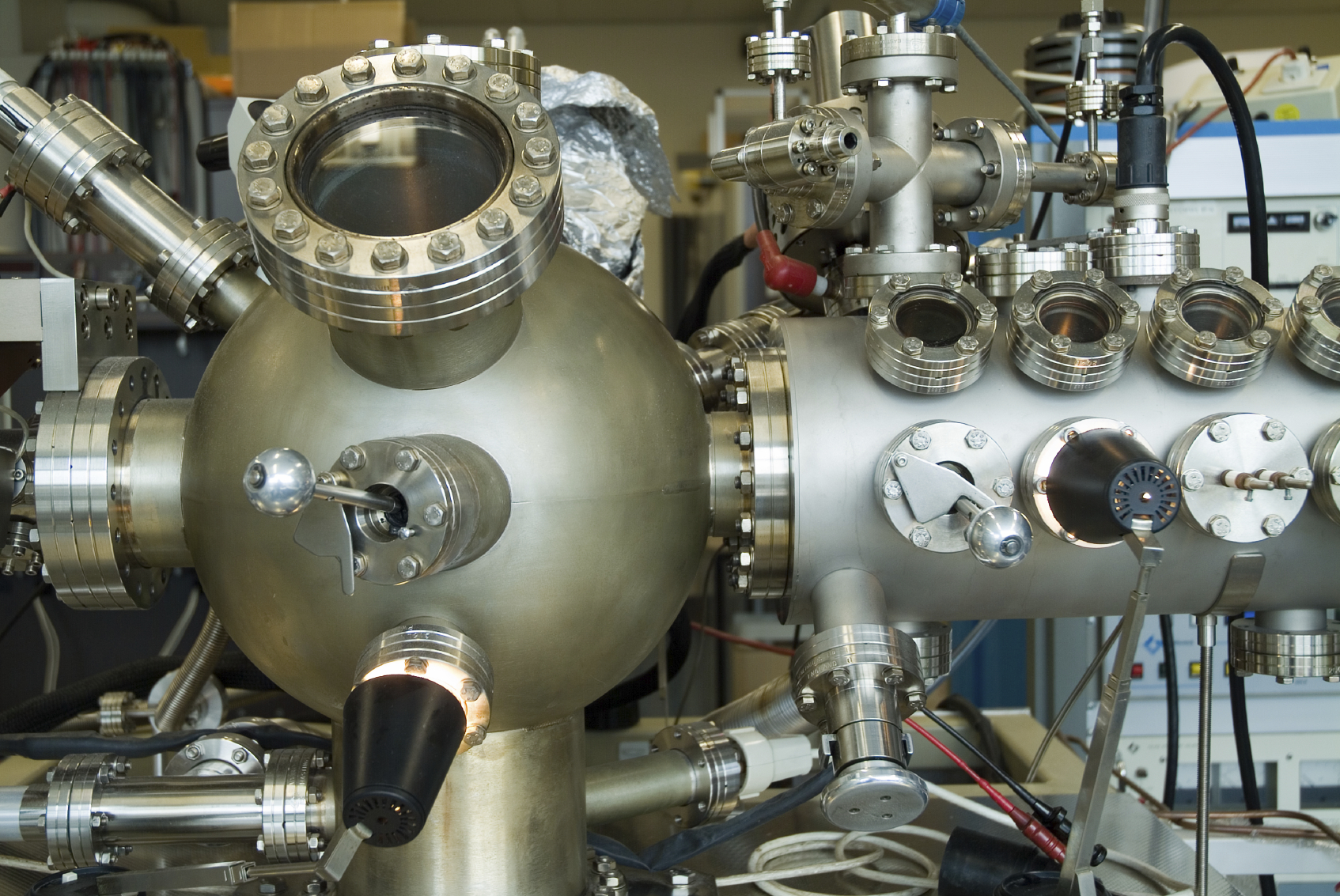By Jack Shandle
Power supplies for high-voltage applications such as x-ray tubes, e-beam welding, and pulsed radar have some things in common with those for low-voltage applications. There are also important differences. When specifying a high-voltage supply, it is important to consider more than just the input and output voltages and ripple.
The most important two consideration for input voltage are the required output power and its source. In general, low-power, high-voltage supplies that have outputs between 1 and 60 W and use a dc input voltage of 24 or 28 Vdc, while higher-power units operate from an ac power line.
Important exceptions are OEM systems in which the supply is part of an electronic system that already has 24, 48, or 390 Vdc. Here, available dc power is typically used.

Output voltage supplies have a few twists as well. Modular, rack-mounted supplies are not broadly adjustable but have either a preset output voltage or a narrow adjustment range. Generally speaking, supplies should be specified with output voltage of less 20% over the maximum voltage required.
The most common mistake engineers make when selecting a supply is to overspecify requirements for output power, ripple, temperature stability, and size. In addition to making the supply more expensive, overspecifying also tends to make it less reliable because it increases both complexity and power density.
Ripple
High-voltage supplies that run off line voltage introduce another component of ripple — line ripple — to the oscillator ripple and frequency ripple components that are familiar to most design engineers. Line frequency ripple can be a significant part of total peak-to-peak ripple.
The amount of ripple that can be tolerated is determined by the application. Photomultipliers, nuclear instrumentation and, traveling wave tube (TWT) applications require very low values (in the range of less than 0.001% peak-to-peak power). On the other hand, ripple can be several percent of peak-to-peak power in applications such as precipitators and e-beam welding.
When an application calls for small value in either the line ripple or high-frequency components, one of the components can be lowered at the cost of increasing the ripple of the other.
Stability
Temperature is the primary driver of instability. Instability can be exhibited in the supply’s important components such as drift in the reference voltage; offset voltage drift in the control amplifier; drift in the voltage ratio of the frequency divider; and drift in the value of the current sense amplifier.
Although supplies can be designed to minimize these effects, they pop up during a warm-up period of about a half-hour. Manufacturer specifications refer to values after warm-up. Using a divider with a low-value temperature coefficient can increase stability, but that is expensive.
Stored energy
High-voltage supplies are inherently more dangerous because of the amount of energy stored in the capacitors. Stored energy is a function of voltage and the value of the capacitor across the output. The danger can be mitigated by choosing a supply that operates at high frequency instead of line frequency because the values of smoothing capacitance can be greatly reduced.
Advertisement
Learn more about Mouser Electronics





